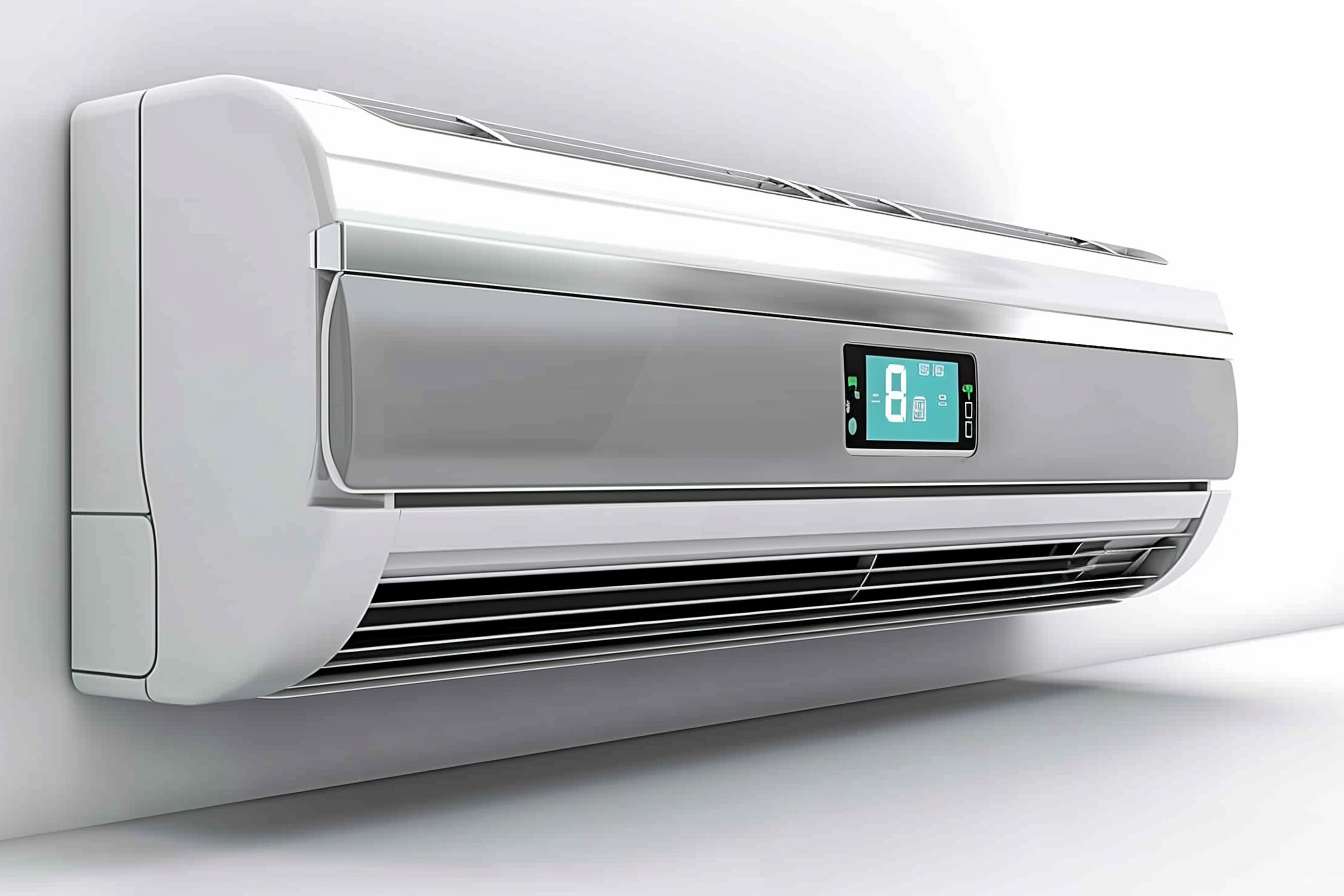Senior Apartments: A Comprehensive Guide to Retirement Living
As the population ages, many older adults are seeking housing options that cater to their unique needs and lifestyles. Senior apartments have emerged as a popular choice, offering a blend of independence, community, and support for those in their golden years. This article explores the world of senior apartments, discussing their features, benefits, and considerations for potential residents.

-
Age restrictions: Most senior apartments have minimum age requirements, ensuring a community of peers.
-
Accessibility features: These may include wider doorways, grab bars in bathrooms, and emergency call systems.
-
Maintenance-free living: Many communities provide services like lawn care and home repairs.
-
Social activities: Organized events and common areas encourage socialization among residents.
-
On-site amenities: These can include fitness centers, libraries, and communal dining areas.
What amenities and services can residents expect in senior apartments?
Senior apartments often offer a wide array of amenities and services designed to enhance the quality of life for their residents. Common offerings include:
-
Transportation services: Scheduled shuttles to local shopping centers, medical facilities, and social events.
-
Fitness and wellness programs: Exercise classes, health screenings, and wellness workshops.
-
Housekeeping and laundry services: Regular cleaning and linen services to maintain a tidy living environment.
-
Security features: 24-hour surveillance, controlled access, and emergency response systems.
-
Social and recreational activities: Game nights, movie screenings, arts and crafts classes, and group outings.
-
On-site dining options: Cafes or restaurants offering nutritious meals tailored to dietary needs.
-
Concierge services: Assistance with daily tasks, such as making appointments or arranging deliveries.
How do senior apartments promote an active and social lifestyle for the elderly?
One of the primary goals of senior apartments is to foster an active and engaging lifestyle for residents. This is achieved through various means:
-
Community spaces: Lounges, game rooms, and outdoor areas encourage interaction among residents.
-
Organized activities: Regular events and clubs cater to diverse interests, from book clubs to gardening groups.
-
Educational opportunities: Many communities offer classes and workshops on topics like technology, art, and health.
-
Intergenerational programs: Some apartments collaborate with local schools or organizations to promote interaction between seniors and younger generations.
-
Volunteer opportunities: Residents are often encouraged to participate in community service projects.
-
Fitness facilities: On-site gyms, swimming pools, and exercise classes promote physical well-being.
-
Cultural outings: Organized trips to museums, theaters, and local attractions keep residents engaged with the broader community.
What are the financial considerations when choosing senior apartments?
When considering senior apartments, it’s important to understand the financial implications:
-
Rent structure: Most senior apartments operate on a rental basis, with monthly fees covering housing and some services.
-
Additional fees: Some amenities or services may incur extra charges.
-
Income requirements: Many affordable senior housing options have income restrictions.
-
Subsidized housing: Some seniors may qualify for government-subsidized apartments.
-
Long-term care insurance: This can help cover costs if additional care is needed in the future.
-
Entrance fees: Some communities require a one-time entrance fee in addition to monthly rent.
How do senior apartments address the changing needs of aging residents?
As residents age, their needs may evolve. Senior apartments often have systems in place to accommodate these changes:
-
Scalable care options: Some communities offer a continuum of care, allowing residents to access additional services as needed.
-
Partnerships with healthcare providers: Many apartments have relationships with local hospitals or home health agencies.
-
On-site medical services: Some communities offer regular visits from healthcare professionals.
-
Adaptive technologies: Apartments may be equipped with features like voice-activated controls or fall detection systems.
-
Transition assistance: Staff can help residents navigate moves to higher levels of care if necessary.
What should seniors consider when choosing an apartment community?
Selecting the right senior apartment involves careful consideration of several factors:
-
Location: Proximity to family, healthcare facilities, and preferred amenities.
-
Cost: Understanding the full financial picture, including rent, fees, and potential future expenses.
-
Level of care: Assessing current and potential future care needs.
-
Community culture: Visiting the community to get a sense of the social atmosphere and resident engagement.
-
Contract terms: Carefully reviewing lease agreements and understanding all policies.
-
Reputation: Researching the community’s track record and speaking with current residents.
-
Future plans: Considering how the community can accommodate changing needs over time.
In conclusion, senior apartments offer a unique living solution for older adults seeking a balance between independence and community. With their tailored amenities, social opportunities, and support services, these communities can provide a fulfilling and comfortable lifestyle for seniors. As with any major life decision, it’s essential to thoroughly research options, consider personal needs and preferences, and plan for the future when choosing a senior apartment community.






